How To Do Customer Journey Mapping for Events, Courses & Retreats With The Post-It Note Method
Today, I’m sharing a quick how to training on how we do customer journey mapping using the Post-It Note Method.
The Post-It Note Method is the process we use any time we plan:
- retreats
- eCourses
- workshops
- trainings
- masterminds
- the annual Natupreneur Experience conference
This is the process we use any time we put together anything for our customers because it ultimately leads to clarity about what we will deliver and the outcome we want to lead customers towards.
In this post Murray & I are going to show you exactly how to do it using our tried-and-tested Post It Note Method to make creating your next course or event really simple!
Ready to get started?
Watch the video, or continue reading below, to learn the steps of the Post-It Note Method process so you can do it for your business, too!
Customer Journey Mapping
What is customer journey mapping, you may ask? Here’s a quick definition to give you the gist:
“A customer journey map is a diagram (or several diagrams) that depict the stages customers go through when interacting with a company, from buying products online to accessing customer service on the phone to airing grievances on social media.”
~ TechTarget.com
And why should you care?
Creating a customer journey map is important because it helps you understand:
- how your customers interact with your business
- the path they take to find and purchase your products (and become customers!)
- the path future customers may take
Customer Journey Mapping Using The Post-It Note Method
The Post-It Note Method is the customer journey mapping technique we’ve been using for some time that works really well to really get into is the journey we want to take people on.
This is something you can do on the computer with a spreadsheet or Word document or something like that. But one of the reasons I love this technique with post-it notes is that when you do it in a tangible way – on the floor or on the table with these post-its and write out what the elements of your program look like – it makes it much easier to see it, move it around, restructure, and play with it.
And, if you are creating programmes or events with a partner, this is a great way to get alignment and work together. It’s heaps more fun, as well!
What Journey Do You Want To Take Your Customers On?
When I begin this process, I first consider the following:
- Where are we going with people – what is the desired end result?
- What does the start, middle and end look like?
- What’s the experience we want to give people?
- How does the journey really help them with the outcome?
- How can we WOW the person through this journey?
- What do we want people to feel?
- How can we make it easier for the client?
For example with our Natupreneur Experience event, we get the same feedback every year that attendees felt empowered, inspired, and ready to go and make a change in their life or business in a way that you didn’t feel you could before. And usually a strong feeling of connection they didn’t even realise was missing.
All of those feelings aren’t just fluked! They were carefully considered in the Post-It planning phase
Illuminating A Theme
When you’re creating your events, there might be a theme involved. This is an integral part of your post-it planning process as you need to consider the theme at each step to see how you can illuminate that theme.
For example, the theme for the Natupreneur Experience this year is diversity and inclusion. We strategically put very specific things in to plant and seed these notions and make sure the whole event is permeated with diversity, inclusion, connection, and inspiration – all flitted throughout the program and customer touchpoints along the way.
Building Connection
Whether you’re planning a DIY course, a conference, or an in-person retreat – building connection is an integral piece of customer journey planning.
For example, NatEx 2021 is a hybrid event. Which means we’re going to have people online and people face-to-face. This had to be carefully considered during event planning so that we could build connections and a sense of connected-ness between attendees, with attendees and speakers, between the live and online events.
Some of you might remember on the immersions you’ve been with us before. On day three of the immersion, you might have felt a bit of a dip. That’s actually intentional, because we’re taking you on a journey to a place we want to help you get to, to support your learning and those connections. The dip is needed to encourage contemplation, internal processing, idea generation and creative thinking. It also opens space for mindset blocks to appear so that they can be addressed promptly so as not to get in your way when you reach the end of the event.
How to use the Post-It Note Method for Customer Journey Mapping
Step 1: Supplies & Mindset
If you’re playing along at home, you need:
- some pens
- some post-it notes (a few different colours)
- an open mind
- to get out of your head about it and get into the feel of it.
FAQ: Do I have to use Post-It Notes?
No. You can use excel spreadsheets or mindmapping tools or whatever you like! I personally find this hands-on experience of planning with Post-It Notes the best for me. You do what works for you.
Use Colours To Keep Track
You might notice that we have different colours of the post-it notes. We use the colours like a legend for different topics, feelings, types of activities. You can add as many colours as you need to make it work for you and what you’re planning.
Having the different colours give an easy visual overview of what it happening when so that you can rearrange the post-it notes to create a plan that best supports the customer journey you want to take people on.
Step 2: Build Your Structure
Start with Headings
Now, if you’re playing along at home, and you’re thinking about your course or the journey you want to check your peeps on – you’ve got to have some headings around what you want to do.
For an example, in the video above we use the headings Monday to Sunday because NatEx 2021 is a seven-day immersive experience, both online and offline. It’s taking you on a journey for seven whole days. If you were doing a 6 month course, your headings might be Month 1, Month 2 Month 3 etc.
Add Breaks
What I usually start with is the hard breaks I want to make sure I put in. Such as, when are we going to have:
- morning tea
- lunch
- afternoon tea
- a break to reset emotionally and mentally when people start drifting off
So what are some of those hard breaks that I know I need to put into the day? And then add in around those breaks the content that suits the emotional journey, that learning journey, throughout that day.
Place The Big Rocks
The big rocks are the main events of the program, or key pieces of information, that you know are definitely happening, or definitely needed at a particular point of the journey.
For example, Claire Bowditch will be creating an amazing experience for us on the Saturday evening event of NatEx2021. So this is a big rock. Without a doubt. Because clearly, we cannot put her at 6am on Wednesday!
Build the Journey
Once your big rocks are in place, then start adding in the other key parts of the journey you want to create.
As you’re considering the structure you’re building and what it should look like for your people, remember to consider the journey and experience you’re wanting to deliver to the end user. Reflect on each heading section to see if it delivers the desired:
- learning outcomes
- feelings
- theme
- connection
- experience
This Process Enables Flexibility
This Post-It Note Method for customer journey mapping works for enabling something that I really love – Flexibility.
One of my favourite quotes I ever got from Murray – and I use it all the time in my programmes – is that “structure enables flexibility”.
It’s really easy to either go full-in on structure, which Murray’s generally good at. Or full-in on flexibility, which I’m generally good at. But the combination of the two is where gold happens. Because when you’ve got a structure in place, it enables you to move things around either on the fly or purposefully.
I tell you, it’s just so easy when it’s laid out like this and we’ve written it all down.
Before we start planning an event or cours, I always get a bit of a block about what am I actually going to do/teach/create? How do I make it even better than last time? Then I think,
“Remember, there are no bad ideas. Just write them all down and go from there.”
Because what you can do is start to get it all down and go oh, that doesn’t fit, I need to move that, or I’ll just put that to the side. You can literally crumple the Post-It Notes that dont fit up into little colourful balls and throw them away!
Again, this is just a visual way of seeing it, planning it out, and having conversations to really get that alignment on working out exactly what it looks like from start to finish.
Hopefully this Post-It Note Method is going to be beneficial for you creating whatever you’re creating for your amazing peeps out there, and it gives you a little bit more of the motivation that you might need to get that thing up and running. Because if we can use this method to create something like The Natupreneur Experience for hundreds of people online and offline, you can totally do it for your clients too!

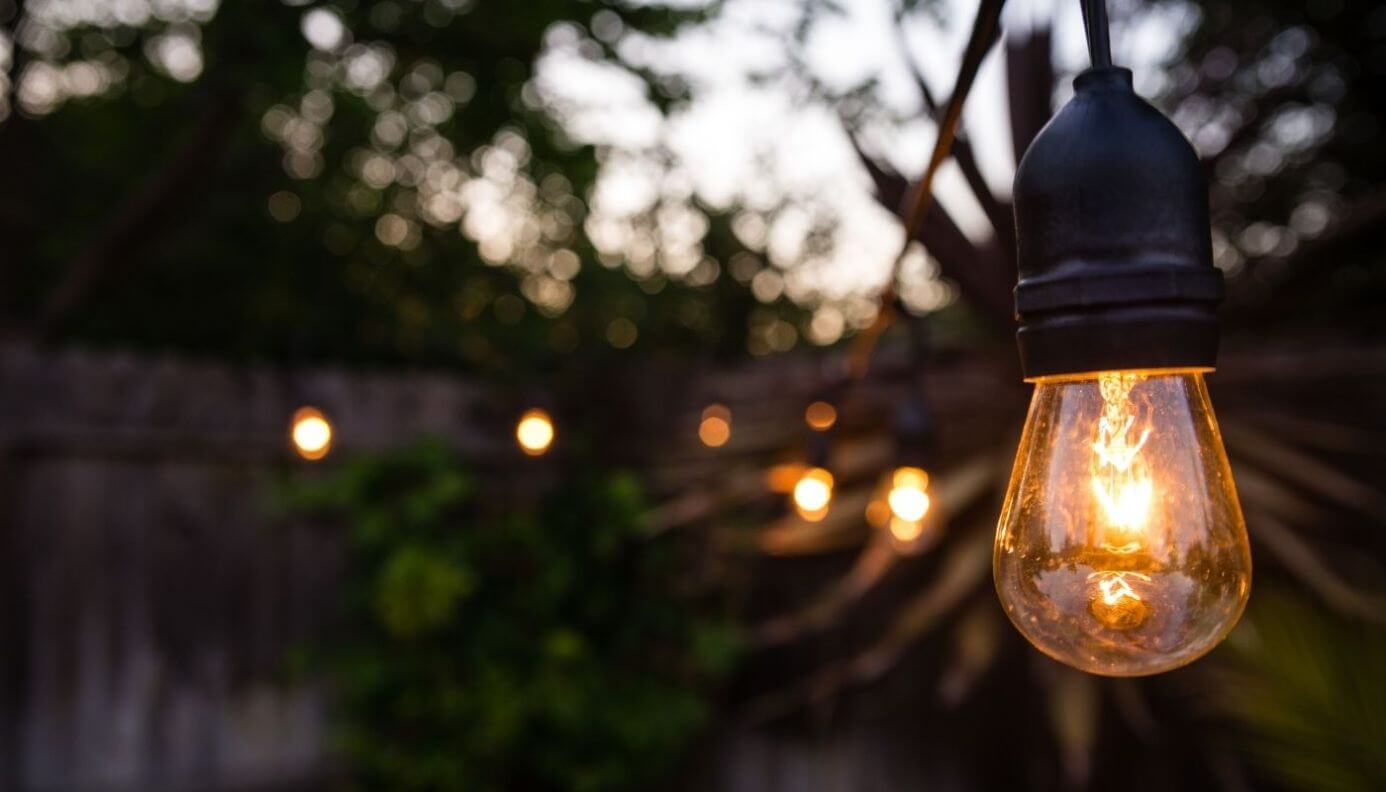
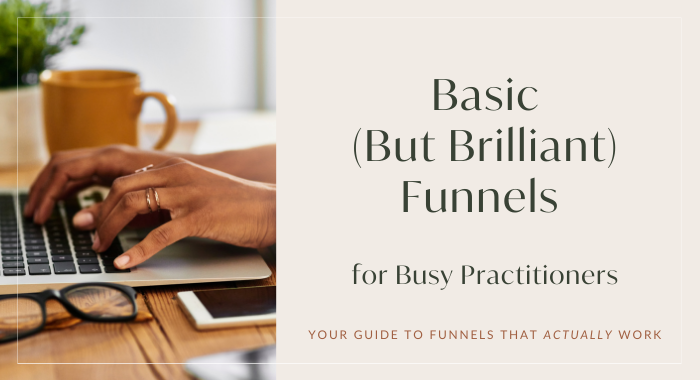
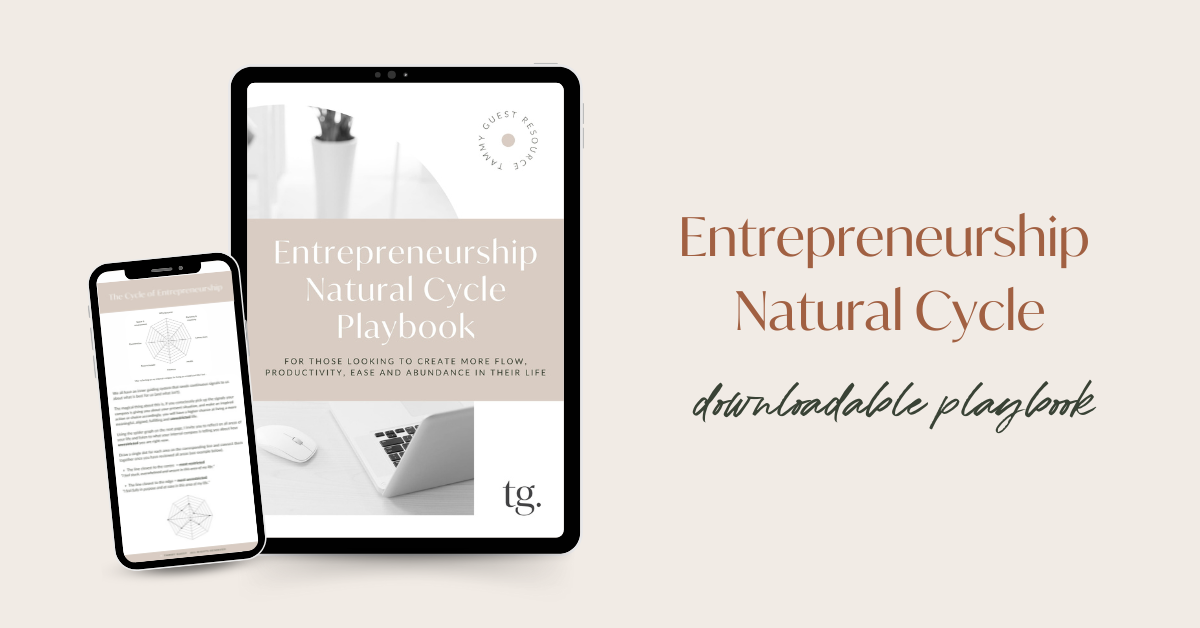


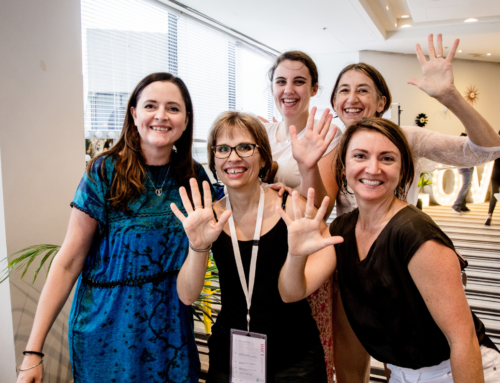


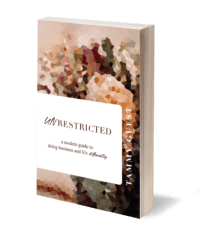
Leave A Comment